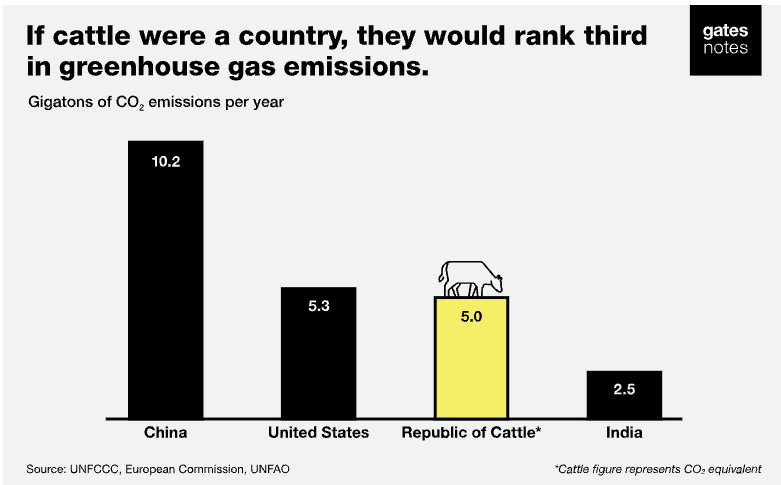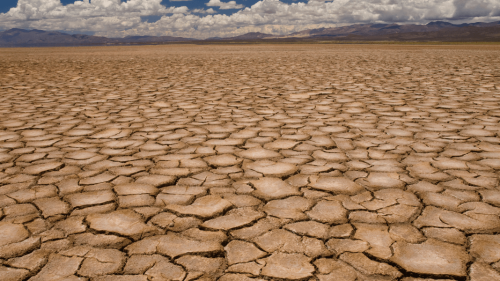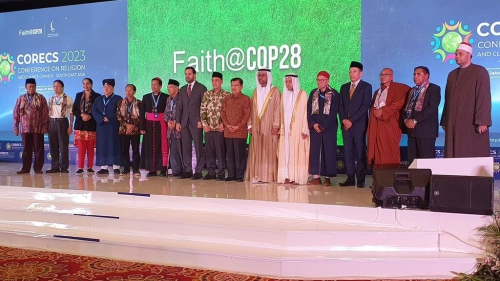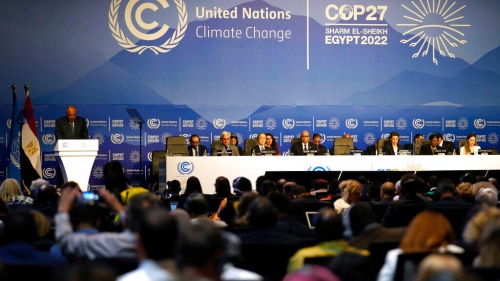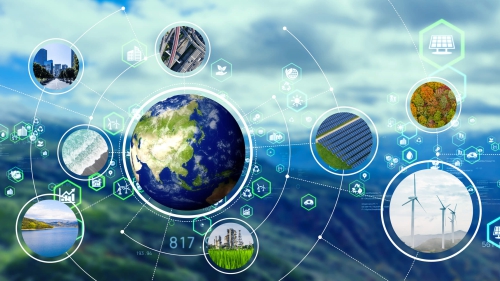Climate change and the 75% problem
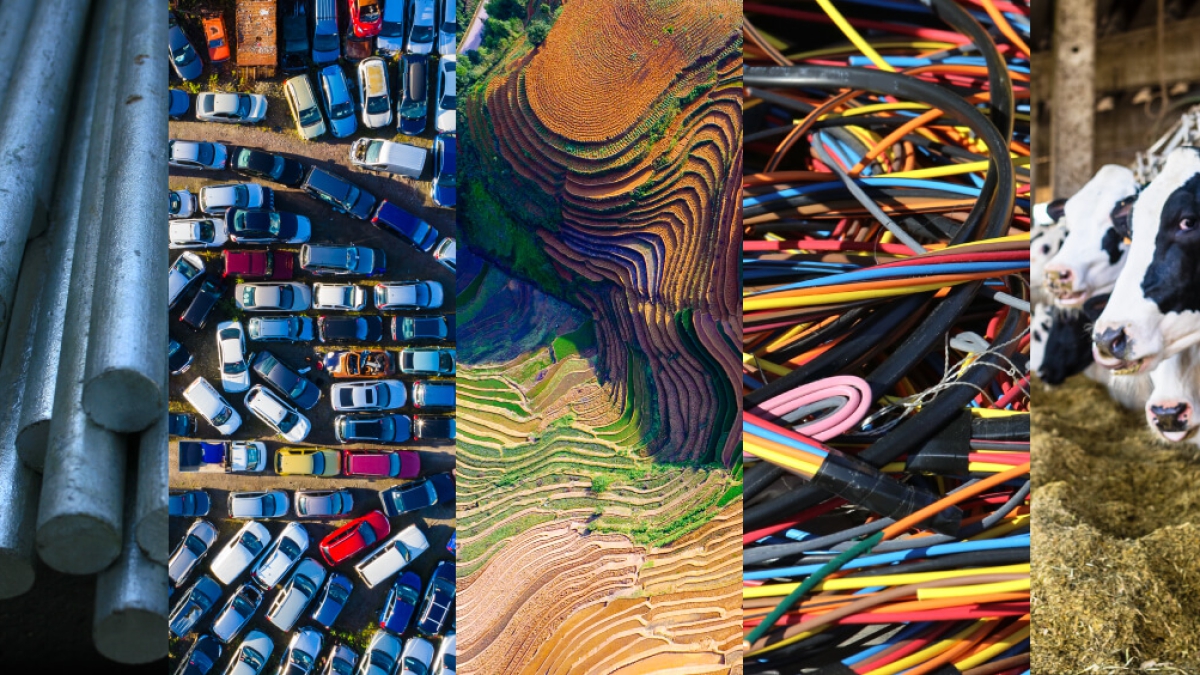
Quick: Think of some inventions that help fight climate change.
What came to mind first? I bet you thought of solar panels and wind turbines. In my experience, that’s what people point to when they think about reducing greenhouse gas emissions.
They’re not wrong. Renewables are getting cheaper and many countries are committing to rely more on them and less on fossil fuels for their electricity needs. That’s good news, at least in places that get a lot of sunlight or wind. Everyone who cares about climate change should hope we continue to de-carbonize the way we generate electricity.
I wish that were enough to solve the problem. Unfortunately, it isn’t.
Making electricity is responsible for only 25% of all greenhouse gas emissions each year. So even if we could generate all the electricity we need without emitting a single molecule of greenhouse gases (which we’re a long way from doing), we would cut total emissions by just a quarter.
To prevent the worst effects of climate change, we need to get to zero net greenhouse gas emissions in every sector of the economy within 50 years—and as the IPCC recently found, we need to be on a path to doing it in the next 10 years. That means dealing with electricity, and the other 75% too.
Where do greenhouse gas emissions come from? I like to break it down into five main categories—what I call the grand challenges in stopping climate change:
- > Electricity (25%). Although there’s been progress in the renewable energy market, we still need more breakthroughs. For example, wind and solar need zero-carbon backup sources for windless days, long periods of cloudy weather, and nighttime. We also need to make the electric grid a lot more efficient so clean energy can be delivered where it’s needed, when it’s needed.
- > Agriculture (24%). Cattle are a huge source of methane; in fact, if they were a country, they would be the third-largest emitter of greenhouse gases! In addition, deforestation—clearing land for crops, for instance—removes trees that pull CO2 out of the air, and when the trees are burned, they release all their carbon back into the atmosphere.
- > Manufacturing (21%). Look at the plastic, steel, and cement around you. All of it contributed to climate change. Making cement and steel requires lots of energy from fossil fuels, and it involves chemical reactions that release carbon as a byproduct. So even if we could make all the stuff we need with zero-carbon energy, we’d still need to deal with the byproducts.
- > Transportation (14%). Low-emission cars are great, but cars account for a little less than half of transportation-related emissions today—and that share will shrink in the future. More emissions come from airplanes, cargo ships, and trucks. Right now we don’t have practical zero-carbon options for any of these.
- > Buildings (6%). Do you live or work in a place with air conditioning? The refrigerant inside your AC unit is a greenhouse gas. In addition, it takes a lot of energy to run air conditioners, heaters, lights, and other appliances. Things like more-efficient windows and insulation would help. This area will be more important over the next few decades as the global population moves to cities. The world’s building stock will double in area by 2060. That’s like adding another New York City every month for 40 years.
(The final 10% is a sixth, miscellaneous category that includes things like the energy it takes to extract oil and gas.)
I think these grand challenges are a helpful way to think about climate change. They show how energy isn’t just what runs your house and your car. It’s core to nearly every part of your life: the food you eat, the clothes you wear, the home you live in, the products you use. To stop the planet from getting substantially warmer, we need breakthroughs in how we make things, grow food, and move people and goods—not just how we power our homes and cars.
These challenges are only getting more urgent. The world’s middle class has been growing at an unprecedented rate, and as you move up the income ladder, your carbon footprint expands. Instead of walking everywhere, you can afford a bicycle (which doesn’t use gas but is likely made with energy-intensive metal and gets to you via cargo ships and trucks that run on fossil fuels). Eventually you get a motorbike so you can travel farther from home to work a better job and afford to send your kids to school. Your family eats more eggs, meat, and dairy, so they get better nutrition. You’re in the market for a refrigerator, electric lights so your kids can study at night, and a sturdy home built with metal and concrete.
All of that new consumption translates into tangible improvements in people’s lives. It is good for the world overall—but it will be very bad for the climate, unless we find ways to do it without adding more greenhouse gases to the atmosphere.
This is undoubtedly a tough problem. It is not obvious what the big breakthroughs will look like. Most likely we will need several solutions to each challenge. That is why we need to invest in lots of research and development, across all five areas, now.
Fortunately, governments and the private sector are stepping up. Since the 2015 launch of Mission Innovation—two dozen governments that committed to doubling their spending on clean-energy R&D—the amount of funding available has gone up by more than $3 billion a year.
Personally, I’m part of a group of investors in a private fund called Breakthrough Energy Ventures (BEV), which is putting more than $1 billion into helping promising companies take great ideas from the lab to market at scale. We’re using the five grand challenges I mentioned above as the framework for our investments. Every idea we’re supporting is designed to solve one of them—and our mission is about to get a big boost from a new partnership in Europe.
We’re still working out the details, but here’s what I can tell you today: I’ll be in Brussels this week to sign an agreement between Breakthrough Energy and the European Commission. Our goal is to create a joint investment vehicle called Breakthrough Energy Europe, which will serve as a pilot fund investing in European companies working on the grand challenges. The partners will commit €100 million, half from the European Commission and half from BEV.
But this isn’t only about funding. We’re creating a new way of putting that money to work.
Because energy research can take years—even decades—to come to fruition, companies need patient investors who are willing to work with them over the long term. Governments could in theory provide that kind of investing, but in reality, they aren’t great at identifying promising companies and staying nimble to help those companies grow.
That’s where this partnership can shine. It allows the European Commission, which is funding cutting-edge research and development, to partner with investors who know how to build companies well. Because the fund will be privately managed, it can avoid some of the bureaucracy that slows things down and makes it hard to support new companies. We’ll have the resources to make a meaningful difference, and the flexibility to move quickly. That’s a rare combination.
I hope this partnership is just the beginning. We need many more like this one around the world.
Over the next year, I will be writing a series of TGN posts about each of the five challenges, focusing on some of the promising solutions I’m learning about. (In the meantime, I’ve posted a short, fun quiz about energy and climate. See if you can beat my score.) I’m inspired by the ingenious inventors who are tackling climate change and all the partners who are supporting their work. I can’t wait to share their progress with you.
*****
Souce: Gates Notes






